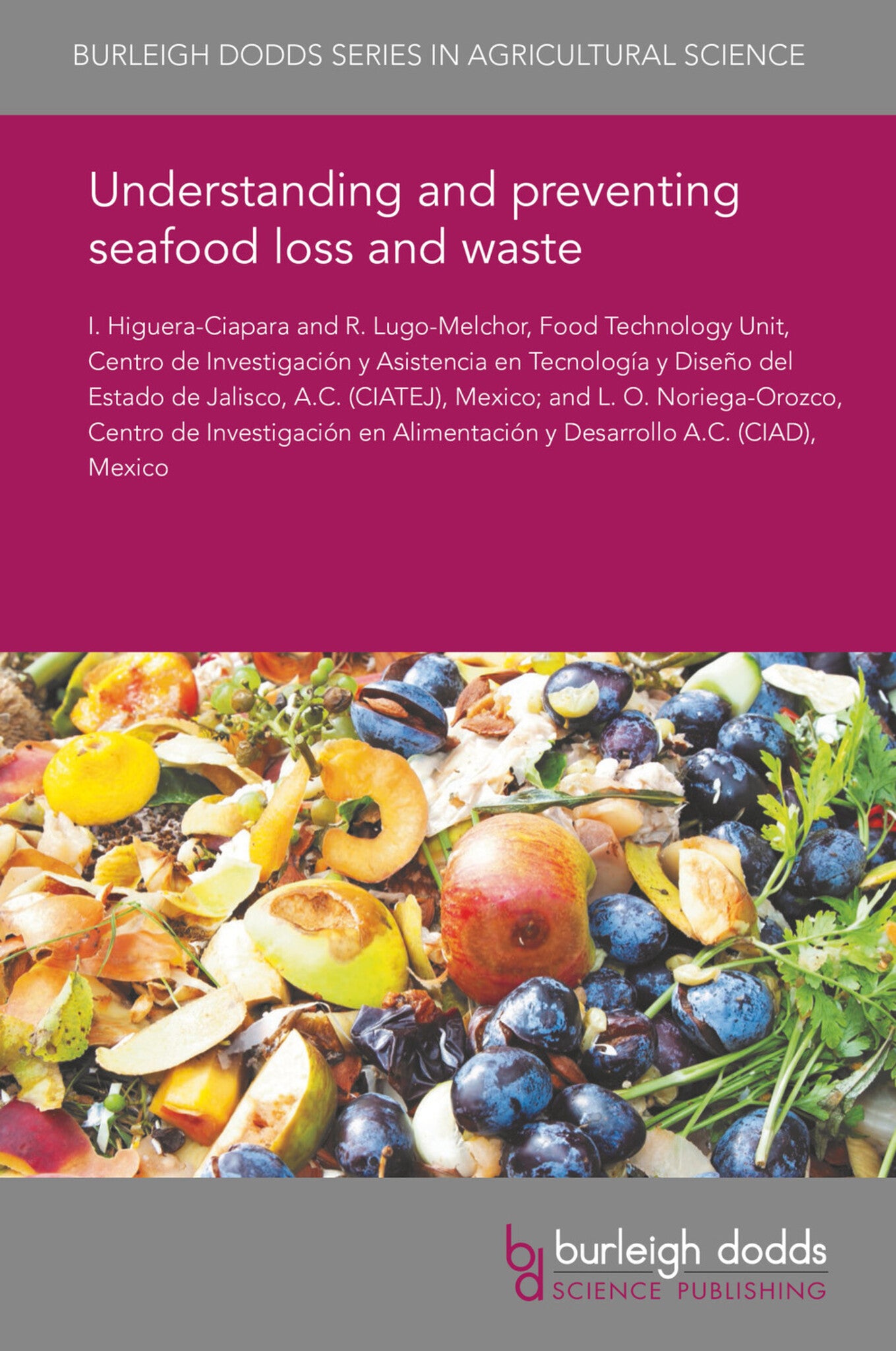We're sorry. An error has occurred
Please cancel or retry.
Understanding and preventing seafood loss and waste

Some error occured while loading the Quick View. Please close the Quick View and try reloading the page.
Couldn't load pickup availability
- Format:
-
23 March 2020


TECHNOLOGY & ENGINEERING / Agriculture / Sustainable Agriculture, Organic farming, TECHNOLOGY & ENGINEERING / Agriculture / Organic, TECHNOLOGY & ENGINEERING / Food Science / Food Safety & Security, Sustainable agriculture, Food security and supply

1 Introduction 2 Seafood production 3 Seafood losses and waste 4 SFLW at the fishery/production stage 5 SFLW at the post-harvest and handling stages 6 SFLW at the processing and packaging stages 7 Strategies to reduce SFLW at the primary level 8 Strategies to reduce SFLW at the processing level 9 Strategies to reduce SFLW during distribution and marketing 10 Strategies to reduce SFLW at the retail and consumer level 11 Conclusions 12 References



